A quick look on Spareroom.com shows that within a one-mile radius of The Collective Old Oak there are 3,527 rooms to let that cost less than £1,000 per month.

Our ensuite rooms cost roughly the same on a per-month basis and the building’s occupancy has remained around 97% on average. People are not choosing co-living out of economic necessity, but rather as a lifestyle choice.
So why make this choice now and what does it mean for how we will live in the future?
The hunt for housing in cities is a burden for many today. People search by three variables: affordability, location and quality. They seek to satisfy all three but know a trade-off has to be made on at least one.
Quality and location come with a price tag. Affordable apartments exist, but in increasingly marginal locations in London. However, through sharing space, co-living means people are able to satisfy all three more closely.
Co-living creates value to renters in a way that housing hasn’t done before
When we think of co-living, we think in terms of ‘living as a service’, much like we think of technology as a service. Rather than a huge one-time purchase of a static product – for example buying a flat – you pay a smaller subscription fee, in our case rent.
You also get the same automatic product operational and tech updates and 24/7 support community built in. This model demands better relationships with users, where customer satisfaction is our driver of long-term value. ‘As a service’ executed in the right way turns into an ongoing mutually beneficial relationship between user and provider, rather than a one-time transaction.
In other words, when reimagined in these terms, co-living creates value to renters in a way that housing hasn’t done before.
Adding value
Why is this significant? The subscription model allows people to have the lifestyle they actually want and need. It is a way of living that gives them the flexibility and time to focus on the things that matter. Co-living promotes real-life experiences and breaks away from the burden of traditional models of ownership. It also fosters connection at a time when loneliness is growing – according to the Mental Health Foundation, 60% of 18- to 34-year-olds feel lonely often or sometimes.
Co-living is therefore not just a solution to rental woes but is now greatly adding value to people’s lives. With the Greater London Authority and lobbying organisations such as Generation Rent working hard to eradicate poor landlord practices and decrepit housing stock, it seems high time to promote a model of living that is founded on delivering exceptional customer experience through creating amazing, well-maintained living spaces and offering a nurturing and thriving community to those who live there.
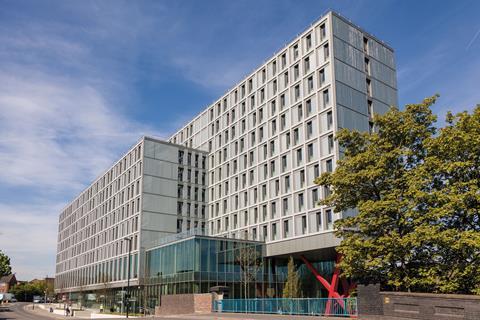
This past year running The Collective Old Oak, I’ve seen the impact this new value has had on our members. There are things I would have changed with hindsight and in some instances we’ve learned the hard way.
But a consistent message exists: as a way of living, this lifestyle choice is having a positive impact. I’ve seen new friendships form, new businesses started, a baby born and, probably most profoundly, people pushed outside their comfort zone, finding intimacy and deep human connection in a way that existing urban lifestyle fails to provide. The fact that nearly 50% of our members have renewed for another year speaks for itself.
Countless members have told me how much the experience has helped them, but in terms you would never expect in referring to the place you live. One particularly struck me: “This is the healthiest decision of my life.”























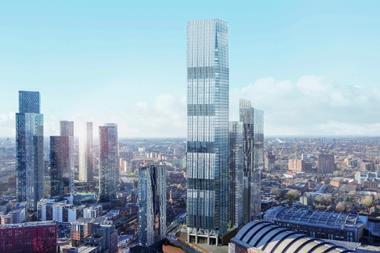
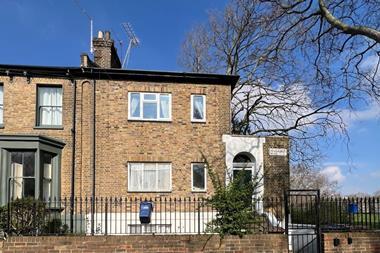

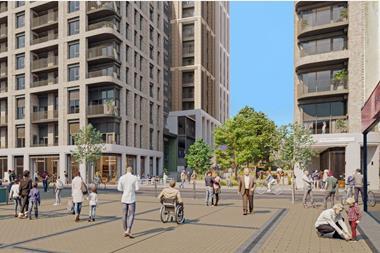
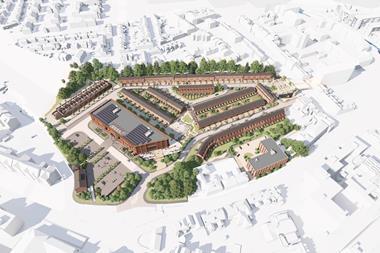
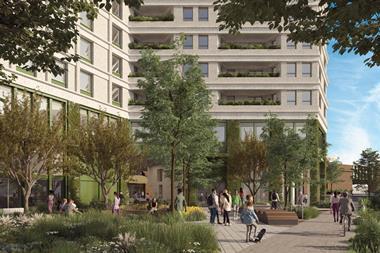
1 Readers' comment